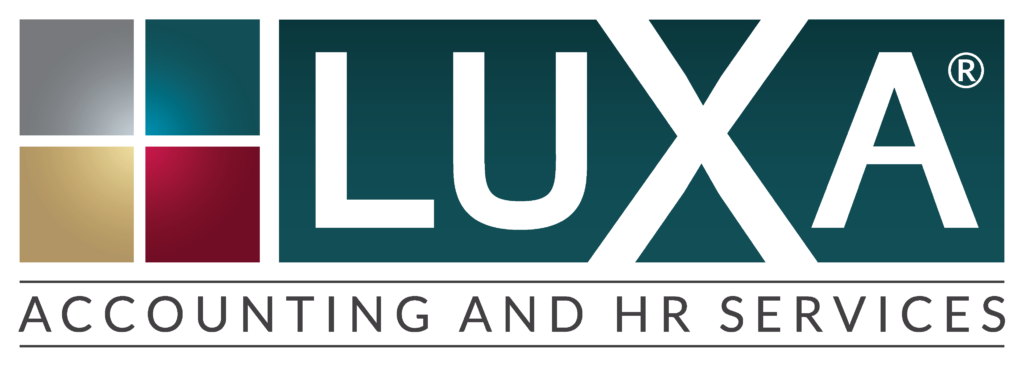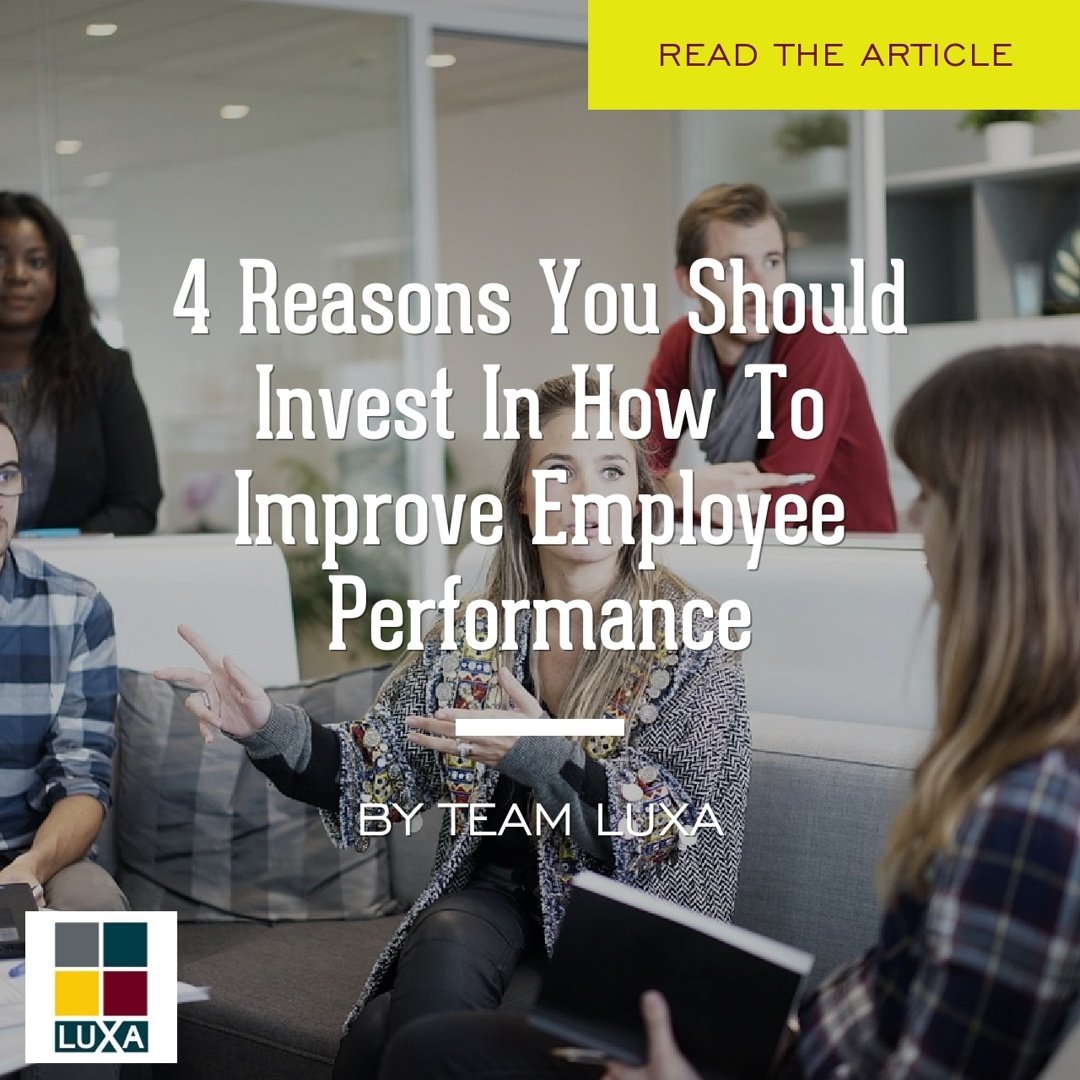
Managers today are much like the evolving parent. Times have changed in the landscape of parenting and in many respects, much like the hard to manage millennial child, so is the evolving workforce.
So what challenges do business managers face in dealing with an evolving workforce? One major challenge is employee productivity. Why?
A survey conducted by Deloitte, shows that companies are catching on to what employee work vs. time spent in a day is impacting productivity. In the report, only 8 percent of those surveyed believed their performance impacted the bottom line.
“This year, the importance of performance management rose significantly, with 75 percent of respondents rating it an ‘important’ or ‘very important’ issue, up from 68 percent last year.”
The article went on to mention 4 key steps and indicators of how help improve inefficiencies and engagement in most workplaces. Although some of these might seem risky, it may just be like today’s millennial parent that needs to adjust to a new way of embracing employee productivity. With these adjustments, some companies might impact employee morale and boost productivity levels altogether.
1. Easing off internet restrictions in the office
Parents of young siblings today are actually dealing with a very similar issues. How to control and monitor the use of devices with internet access in the home. There is so much demand in this area that Disney jumped on the scene with an app called Circle to help safely monitor and set restriction on internet use in the home.
Although business managers are not managing kids, the problem is much the same. How can we allow free use of an activity that causes so much waste of time. Think of social media pages and chat rooms and we can only surmise the hours in a day that can be wasted with full internet control.
However, the Entrepreneur article defends that by embracing a wider use of internet applications can actually increase task completion in ways managers could not have expected. One of these being, social media itself. More and more, being online is vital to a business and helping employees grow and communicate with clients and customers and being aware of competitors’ latest moves.
2. Measurement in office activity
Measuring your office activity is much like marketing in many ways. Each focus on areas of ROI to the company and take measurement in small steps and experimenting along the way. Take your eye away from measurement and missed opportunities arise.
Managers need to be able to ask not only how office the office did this month but how their productivity compares to last month, a year ago, and if any conditions changed to impact employee activity. Data is the number one observation driver to improve performance because it draws a baseline from where to compare activities.
Recording usage of websites or desktop applications is not a tool for “catching negligent employees in the act” but should be a process to identify overall trends to find ways to improve inefficiencies in productivity.
3. Learn how to set goals that motivate employees
This step falls tightly integrated with the previous key point on productivity. Once you have data on how employees are using office applications, a manager can better assess and advise improvement factors. For instance, if someone is spending 6 hours a day on email tools and an hour a day on social media sites a manager can take into account the position and requirements for using such applications and draw conclusions from there.
During performance reviews, it’s hard to have objective conversations without data. Setting goals is possible only by establishing tasks and improvement steps that reach a certain objective and without data the conversation is harder to have without sounding judgmental of how time is spent during the workday.
4. Coffee breaks are evolving – time to reboot!
At the end of the day, business managers are managing people, not machines or equipment. At some point, we all need breaks to function at peak levels. Where in some cases, two 15 minute breaks and a lunch break may sound well paced, other work environments may need more frequent breaks. In reality, if you don’t adhere to the previous key point on measuring your office activity, your breaks might be wasted periods of time when work performance has not really peaked to take advantage of the scheduled break.
Other companies, like Hubspot (a marketing automation company in Boston, MA), have built an ecosystem of checks and balances that allow employees perks of unlimited vacation and stress release times during the day for yoga, mediation, and volunteering at local charities.
In the end, business managers really have to adapt to today’s performance activities as much as parents today have needed to adjust their parenting styles. You may need to step back and review what performance in your workspace means and how best to implement a culture of rewards, checks and balances, and performance review to keep your business well tuned to the changing landscape of business management.


